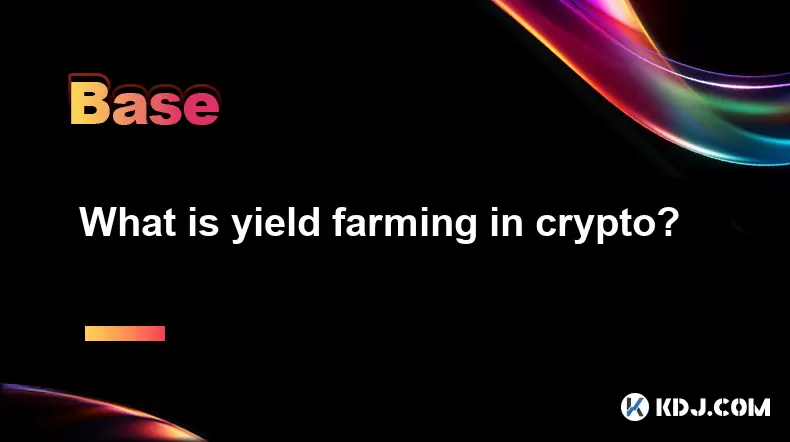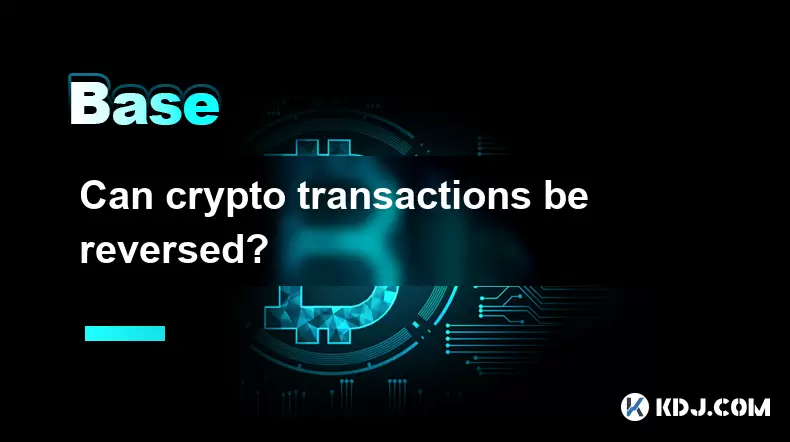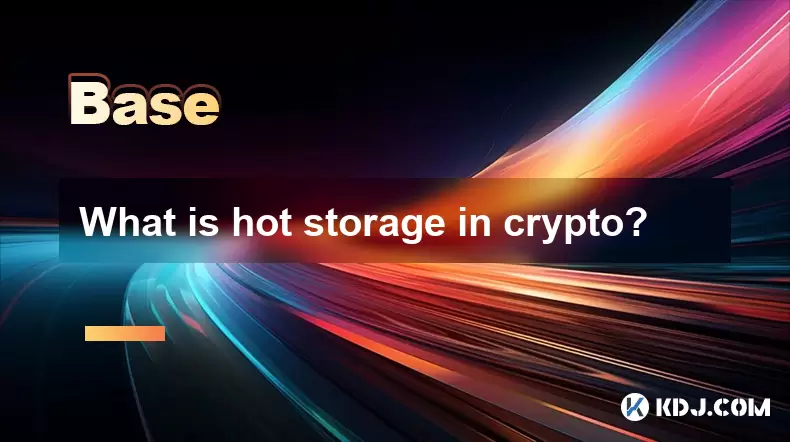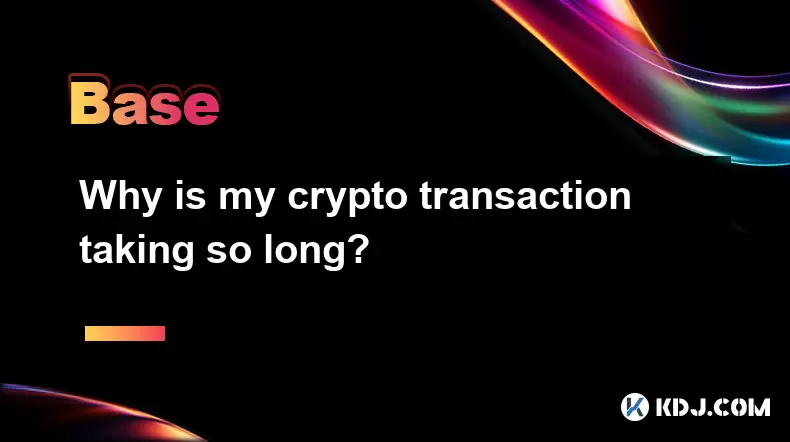-
 Bitcoin
Bitcoin $119300
2.40% -
 Ethereum
Ethereum $4254
-0.20% -
 XRP
XRP $3.184
-1.38% -
 Tether USDt
Tether USDt $1.000
0.00% -
 BNB
BNB $803.9
0.58% -
 Solana
Solana $183.1
1.50% -
 USDC
USDC $0.0000
0.01% -
 Dogecoin
Dogecoin $0.2339
-2.87% -
 TRON
TRON $0.3384
0.88% -
 Cardano
Cardano $0.8018
-0.29% -
 Hyperliquid
Hyperliquid $45.13
3.14% -
 Chainlink
Chainlink $22.10
0.96% -
 Stellar
Stellar $0.4439
-0.94% -
 Sui
Sui $3.875
-0.73% -
 Bitcoin Cash
Bitcoin Cash $570.7
0.24% -
 Hedera
Hedera $0.2589
-2.90% -
 Ethena USDe
Ethena USDe $1.001
-0.01% -
 Avalanche
Avalanche $23.83
-1.73% -
 Litecoin
Litecoin $123.8
2.61% -
 Toncoin
Toncoin $3.351
-1.13% -
 UNUS SED LEO
UNUS SED LEO $9.103
1.13% -
 Shiba Inu
Shiba Inu $0.00001356
-1.40% -
 Uniswap
Uniswap $10.93
-0.19% -
 Polkadot
Polkadot $4.057
-1.97% -
 Dai
Dai $1.000
0.01% -
 Cronos
Cronos $0.1646
4.66% -
 Ethena
Ethena $0.7974
8.11% -
 Pepe
Pepe $0.00001208
-2.89% -
 Bitget Token
Bitget Token $4.445
-1.70% -
 Monero
Monero $268.8
-2.00%
What is yield farming in crypto?
Yield farming lets crypto holders earn rewards by providing liquidity to DeFi protocols, but high returns come with risks like impermanent loss and smart contract vulnerabilities.
Aug 11, 2025 at 06:49 am

Understanding Yield Farming in the Cryptocurrency Ecosystem
Yield farming is a method used in the decentralized finance (DeFi) space to earn rewards by providing liquidity to blockchain-based protocols. It allows users to lock up their cryptocurrency assets in smart contracts to earn interest or additional tokens in return. This process operates on decentralized applications (dApps), primarily built on networks like Ethereum, where financial services are offered without intermediaries. The core mechanism involves users depositing digital assets into liquidity pools, which are then used for activities such as lending, borrowing, or facilitating trades on decentralized exchanges (DEXs).
Participants in yield farming are often referred to as liquidity providers (LPs). When they deposit their tokens, they receive LP tokens representing their share of the pool. These LP tokens can sometimes be staked in other protocols to generate additional yields, enabling compounding returns. The rewards are typically paid in the protocol’s native token or transaction fees collected from users of the platform.
How Yield Farming Operates on DeFi Platforms
Yield farming leverages the functionality of smart contracts to automate financial operations. These contracts execute predefined rules when certain conditions are met, such as distributing rewards or calculating interest. The most common platforms where yield farming occurs include Aave, Compound, and Uniswap.
- Users connect their crypto wallets (like MetaMask) to a DeFi platform.
- They select a liquidity pool, such as USDC/ETH on Uniswap or a lending pool on Aave.
- They deposit an equivalent value of two tokens (in the case of automated market makers) or a single asset (in lending protocols).
- Once deposited, the smart contract issues LP tokens or credits interest automatically.
- Rewards accumulate over time and can be claimed or reinvested.
The annual percentage yield (APY) varies significantly across platforms and pools. Some offer double-digit or even triple-digit APYs, though these often come with higher risk.
Types of Yield Farming Strategies
There are several approaches users take to maximize returns in yield farming. Each strategy involves different levels of risk and technical understanding.
Liquidity Provision on DEXs: Users supply pairs of tokens to decentralized exchanges like Uniswap or SushiSwap. In return, they earn a portion of the trading fees generated by the pool. The key risk here is impermanent loss, which occurs when the price ratio of the two tokens changes significantly after deposit.
Lending and Borrowing Protocols: Platforms such as Compound and Aave allow users to lend their crypto assets and earn interest. The interest rate is algorithmically determined based on supply and demand. Lenders receive cTokens or aTokens, which accrue interest in real time.
Staking LP Tokens: After receiving LP tokens from a liquidity pool, users can stake them in gauge farms or secondary protocols to earn additional governance or reward tokens. For example, depositing UNI-V2 LP tokens into a SushiSwap farm to earn SUSHI tokens.
Flash Loan Yield Strategies: Advanced users exploit arbitrage opportunities using flash loans—unsecured loans that must be repaid within a single transaction. While highly profitable, these require sophisticated coding and carry high gas costs.
Risks Associated with Yield Farming
Despite the high returns, yield farming is not without significant risks. Participants must be aware of the following:
Smart Contract Vulnerabilities: Since yield farming relies on code, any flaw in the smart contract can lead to funds being stolen or frozen. Numerous high-profile hacks have occurred due to poorly audited contracts.
Impermanent Loss: This happens when the value of deposited tokens changes relative to each other. Even if the total value increases, LPs may end up with less than if they had simply held the assets.
Token Depreciation: Many yield farming rewards are paid in newly issued tokens. If the market price of these tokens drops, the realized return may be much lower than the advertised APY.
Rug Pulls and Scams: Some projects launch with the intent to disappear after collecting user funds. New or unaudited protocols pose a higher risk of such fraudulent activities.
Gas Fees: On networks like Ethereum, transaction costs can be high, especially during peak times. These fees can erode profits, particularly for smaller deposits.
Step-by-Step Guide to Starting Yield Farming
Entering the world of yield farming requires careful preparation and execution.
- Ensure you have a compatible Web3 wallet such as MetaMask, Trust Wallet, or WalletConnect.
- Fund your wallet with cryptocurrency supported by the target platform (e.g., ETH, USDC, DAI).
- Visit the official website of a reputable DeFi platform like Aave, Compound, or Yearn Finance.
- Connect your wallet by clicking the “Connect Wallet” button and approving the connection.
- Navigate to the “Markets” or “Pools” section to view available farming opportunities.
- Select a pool that matches your risk tolerance and deposit amount.
- Approve the token for use on the platform (this requires a blockchain transaction and gas fee).
- Deposit your tokens and confirm the transaction via your wallet.
- Monitor your position in the “Dashboard” or “Positions” tab.
- Claim rewards when available or reinvest them to compound gains.
Always verify URLs to avoid phishing sites. Bookmark official links and double-check smart contract addresses.
Measuring Returns and Tracking Performance
To assess the effectiveness of yield farming, users must track both nominal and real returns.
- Use platforms like Zapper.fi or Zerion to aggregate all DeFi positions in one dashboard.
- Monitor APY vs. APR: APY includes compounding, while APR does not. Always check which metric is being displayed.
- Factor in gas costs and token price volatility when calculating net profit.
- Track impermanent loss using calculators like those provided by IL Finance or Beefy Finance.
- Review reward token vesting schedules, as some tokens are distributed over time.
Transparency tools such as Etherscan allow users to verify contract activity and ensure rewards are being distributed as promised.
Frequently Asked Questions
What tokens are commonly used in yield farming?
Popular tokens include stablecoins like DAI, USDC, and USDT, as well as native platform tokens such as UNI, SUSHI, COMP, and AAVE. Ethereum (ETH) and wrapped tokens (e.g., wBTC) are also frequently used due to their liquidity.
Can I lose money while yield farming?
Yes. Losses can occur due to impermanent loss, smart contract exploits, market crashes, or rug pulls. Even if rewards are high, a drop in token value can result in a net loss.
Is yield farming the same as staking?
Not exactly. Staking typically involves locking up tokens to support a blockchain’s operations (e.g., proof-of-stake validation). Yield farming is broader and includes providing liquidity, lending, and participating in complex DeFi strategies to earn returns.
Do I need a lot of capital to start yield farming?
No. Many platforms allow participation with small amounts. However, high gas fees on Ethereum can make small deposits inefficient. Consider using Layer 2 solutions like Arbitrum or alternative chains like Polygon to reduce costs.
Disclaimer:info@kdj.com
The information provided is not trading advice. kdj.com does not assume any responsibility for any investments made based on the information provided in this article. Cryptocurrencies are highly volatile and it is highly recommended that you invest with caution after thorough research!
If you believe that the content used on this website infringes your copyright, please contact us immediately (info@kdj.com) and we will delete it promptly.
- Litecoin, Pi Network, Cold Wallet: Unpacking 2025's Crypto Frontrunners
- 2025-08-11 10:30:12
- ENA & USDe: TVL Growth and the DeFi Revolution
- 2025-08-11 10:50:11
- Mutuum Finance Presale: Riding the DeFi Wave with Promising Token Price
- 2025-08-11 10:55:12
- Trump Family's $1.5 Billion Crypto Venture: A New York Minute on Tokenized Treasuries
- 2025-08-11 10:30:12
- Bitcoin Mining: Efficiency, Digital Assets, and the New Gold Rush in 2025
- 2025-08-11 11:00:12
- Cold wallet, Shiba Inu, as far as: it was a good landscape in
- 2025-08-11 11:05:12
Related knowledge

Can crypto transactions be reversed?
Aug 10,2025 at 01:35am
Understanding the Immutability of Blockchain TransactionsCryptocurrency transactions are built on blockchain technology, which is designed to be immut...

What happens if I forget my crypto wallet password?
Aug 09,2025 at 08:50am
Understanding the Role of a Crypto Wallet PasswordA crypto wallet password serves as a critical security layer that protects access to your digital as...

What is hot storage in crypto?
Aug 11,2025 at 07:08am
Understanding Hot Storage in CryptocurrencyHot storage refers to cryptocurrency wallets that are connected to the internet. Unlike cold storage soluti...

What is the best crypto portfolio tracker?
Aug 10,2025 at 05:08am
Understanding the Role of a Crypto Portfolio TrackerA crypto portfolio tracker is a digital tool designed to help investors monitor the performance of...

Why is my crypto transaction taking so long?
Aug 11,2025 at 11:35am
Understanding Blockchain Network CongestionWhen a crypto transaction is delayed, one of the most common causes is network congestion on the blockchain...

Can you reuse a crypto wallet address?
Aug 08,2025 at 03:49pm
Understanding Wallet Addresses in CryptocurrencyA crypto wallet address is a unique identifier used to send and receive digital assets on a blockchain...

Can crypto transactions be reversed?
Aug 10,2025 at 01:35am
Understanding the Immutability of Blockchain TransactionsCryptocurrency transactions are built on blockchain technology, which is designed to be immut...

What happens if I forget my crypto wallet password?
Aug 09,2025 at 08:50am
Understanding the Role of a Crypto Wallet PasswordA crypto wallet password serves as a critical security layer that protects access to your digital as...

What is hot storage in crypto?
Aug 11,2025 at 07:08am
Understanding Hot Storage in CryptocurrencyHot storage refers to cryptocurrency wallets that are connected to the internet. Unlike cold storage soluti...

What is the best crypto portfolio tracker?
Aug 10,2025 at 05:08am
Understanding the Role of a Crypto Portfolio TrackerA crypto portfolio tracker is a digital tool designed to help investors monitor the performance of...

Why is my crypto transaction taking so long?
Aug 11,2025 at 11:35am
Understanding Blockchain Network CongestionWhen a crypto transaction is delayed, one of the most common causes is network congestion on the blockchain...

Can you reuse a crypto wallet address?
Aug 08,2025 at 03:49pm
Understanding Wallet Addresses in CryptocurrencyA crypto wallet address is a unique identifier used to send and receive digital assets on a blockchain...
See all articles

























































































